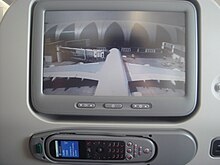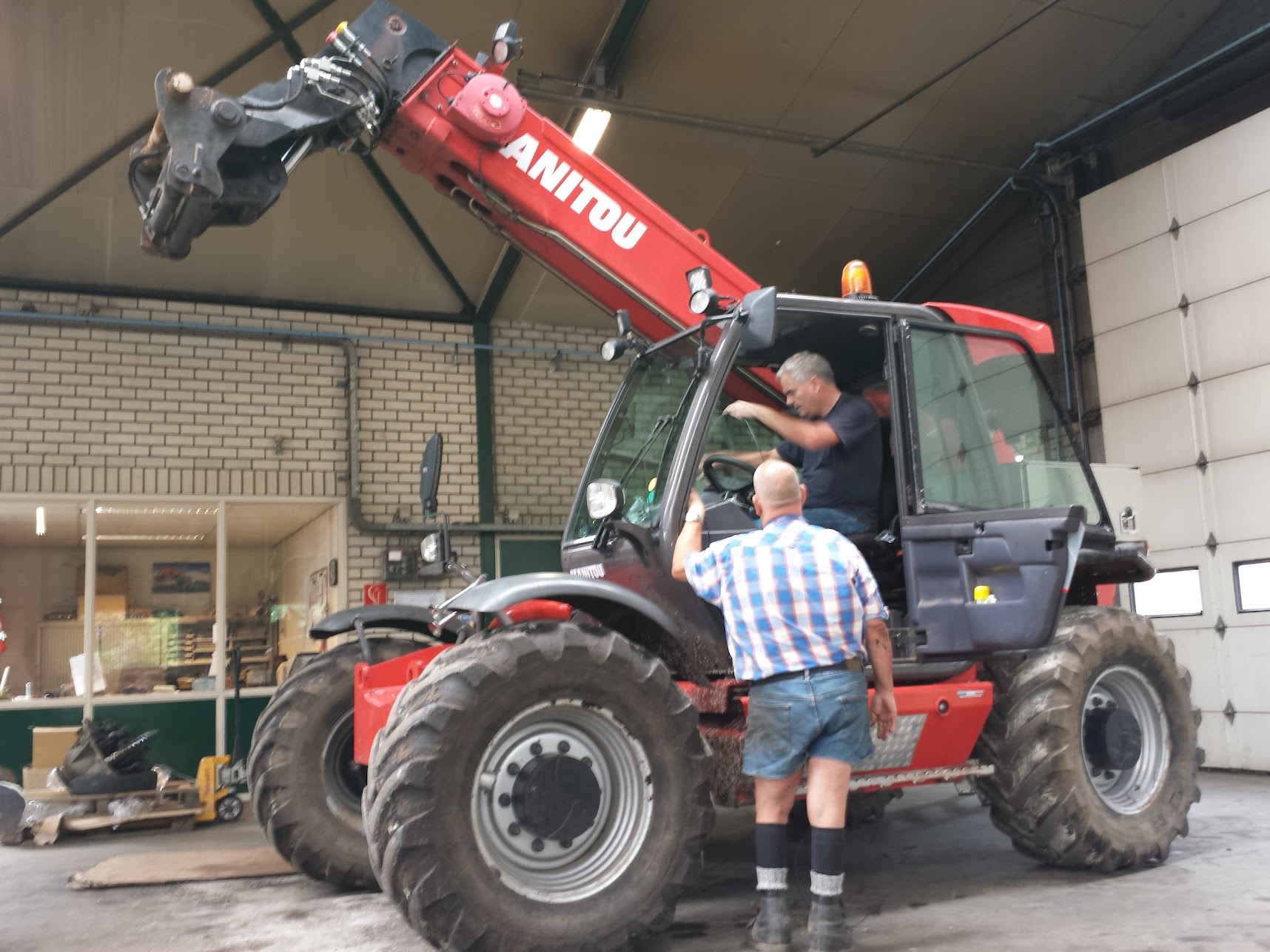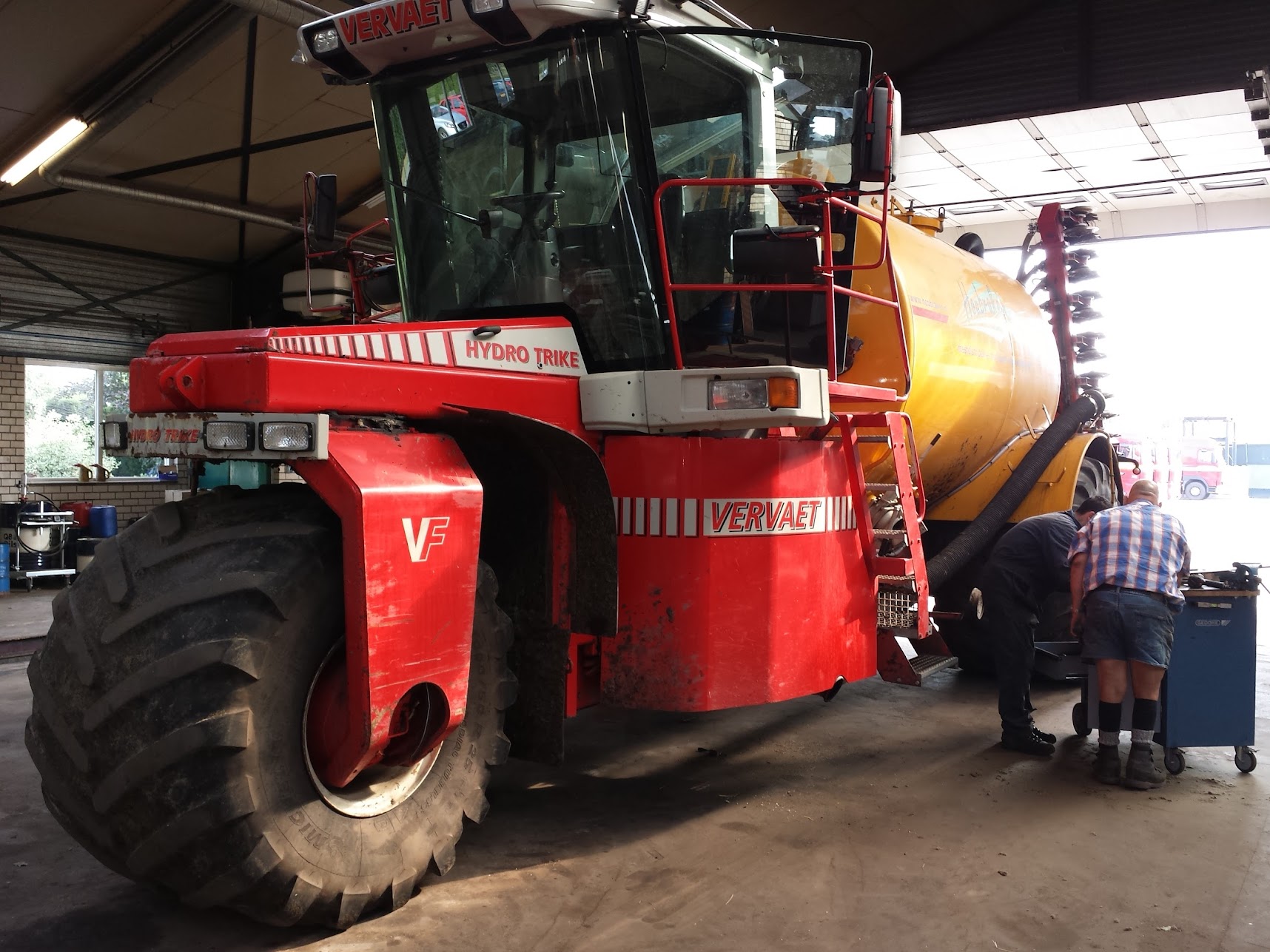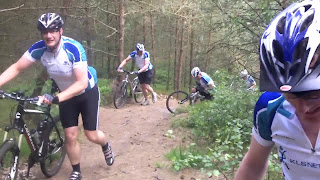Sri lanka is a wonderful country, with amazing wild life, nature, and extraordinary friendly people.
Sri Lanka is second only to the Maldives in the South Asian region in terms of 'per capita income'. It recorded a GDP growth of 8.3% in 2011 (thanks to Wikipedia).
However, as always and everywhere, wealth is not shared equally. Some are extremely rich and a lot are more poor than others. Very poor. This is especially true for the elderly, not having any offspring who can take care off them.

In 1979 Herman Steur, a very successful Dutch businessman, arrived in Sri Lanka to establish a shrimp exporting company in the free trade zone. In stead, he became a great philanthropist, helping the poorest of the poor throughout Sri Lanka. He founded the Family Help Programme, Holland - Sri Lanka.

In 1979 Herman Steur, a very successful Dutch businessman, arrived in Sri Lanka to establish a shrimp exporting company in the free trade zone. In stead, he became a great philanthropist, helping the poorest of the poor throughout Sri Lanka. He founded the Family Help Programme, Holland - Sri Lanka.
 The apple of his eye is the Netherlands Welcome Village for Roofless Elders, especially those living on the streets. The Welcome Village provides care, food, accommodation and a totally new life free of charge to roofless elders. Currently having an inmate population of 250 elders, a total of over 1500 such elders have benefited of his support since the inception of the Village in 1996.
The apple of his eye is the Netherlands Welcome Village for Roofless Elders, especially those living on the streets. The Welcome Village provides care, food, accommodation and a totally new life free of charge to roofless elders. Currently having an inmate population of 250 elders, a total of over 1500 such elders have benefited of his support since the inception of the Village in 1996.
Sadly, Herman Steur passed away at the age of 82 on March 24th, 2012.
The legacy of Herman Steur to the people of Sri Lanka is very much alive. The houses in the Netherlands Welcome Village are a (kind of) copy of the Dutch houses in Monnickendam, a small fishermen town where you expect the residents to wear traditional costumes (partially true).
The legacy of Herman Steur to the people of Sri Lanka is very much alive. The houses in the Netherlands Welcome Village are a (kind of) copy of the Dutch houses in Monnickendam, a small fishermen town where you expect the residents to wear traditional costumes (partially true).
 Each house in "the Village" has two rooms providing space for two to four people. Men and women live in separate houses.
Each house in "the Village" has two rooms providing space for two to four people. Men and women live in separate houses.
There is a small hospital and a "closed area" for people suffering from dementia. Nurses are sorting out the medicines and taking care of the people.
 At noon the clock on the central square is calling for lunch. The kitchen looks modern and has a large fridge to keep everything cool. The lunch is being served to the approximately 250 people. They have a roof, get food, are taken care of and have each others company. Likely, a much better place to stay than at the side of the road. People seem to be reasonably happy with their fate.
At noon the clock on the central square is calling for lunch. The kitchen looks modern and has a large fridge to keep everything cool. The lunch is being served to the approximately 250 people. They have a roof, get food, are taken care of and have each others company. Likely, a much better place to stay than at the side of the road. People seem to be reasonably happy with their fate.
When visiting Sri Lanka it might be a good idea to just visit the Netherlands Welcome Village. When you inform them in advance you are welcomed with a cup of tea and you will be shown around.
If you like you can even support them. For instance by "adopting a granny". Although certainly not equivalent, for me it sounds like "adopting a chicken" and a webcam to to see how things go. You can however also "buy" a piece of the land. Although you will never know if the same piece isn't sold twice (which doesn't matter after all), it is nice to receive a map indicating where "your piece" is located. The fun is of course being there and trying to locate it...
A wonderful place in a wonderful country. A safe h(e)aven for roofless elderly.
Watch the video of a visit to the Netherlands Welcome Village in Sri Lanka:












